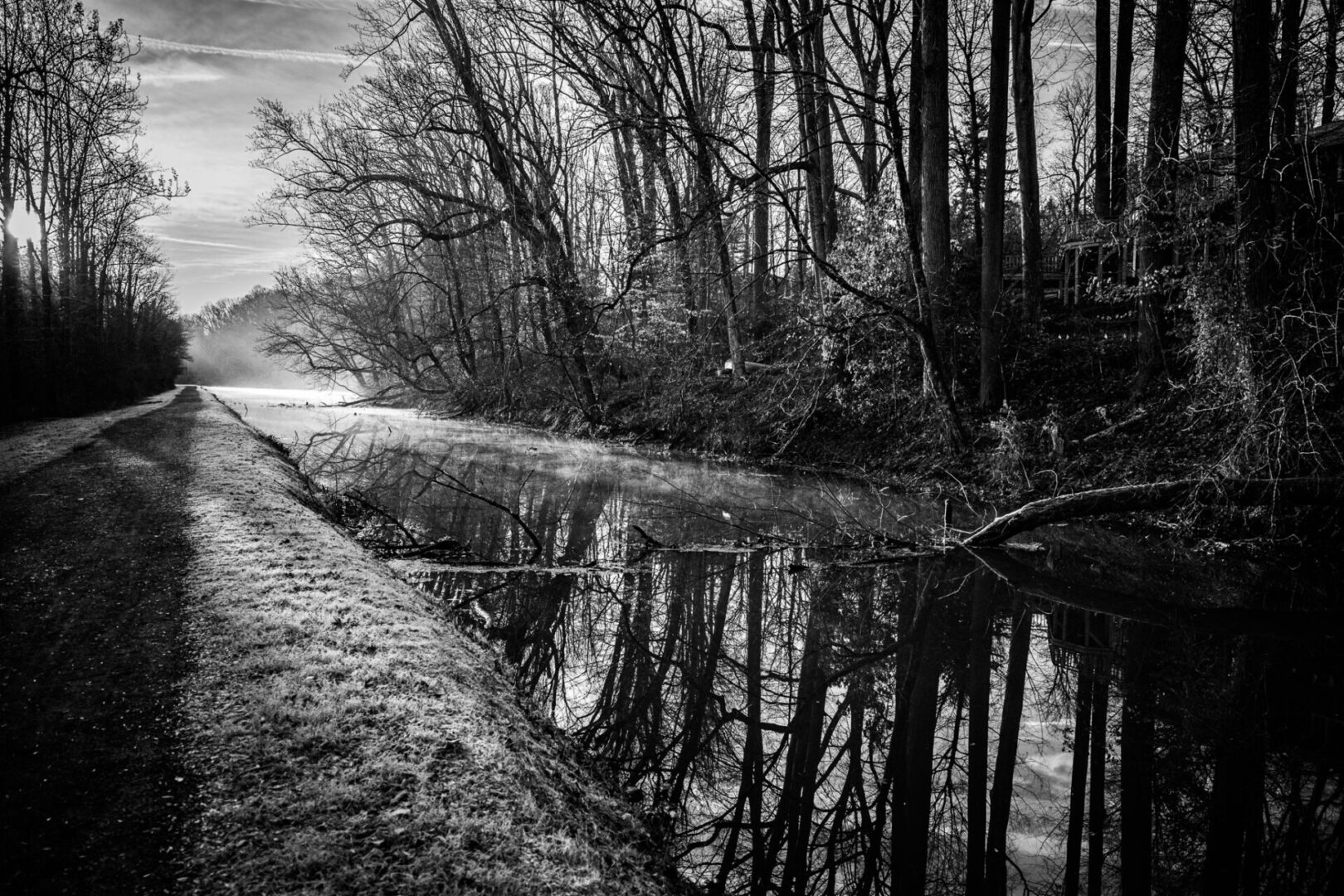
Light and Form
Let me stipulate that I am not an expert in the study of poetry. I like poetry, I read poetry, I buy poetry books. The extent of my technical knowledge, however, is I know some of it rhymes and some of it doesn’t. Modern poetry can be difficult, constricting the audience. I have learned to stop punishing myself if I don’t like or even understand a particular poem. Move on, there are millions of them.
I am attracted to both poetry and black and white photography for the same reason. Distractions, description in prose and color in pictures, are stripped away. We are left with the raw elements. Color photography and prose wash over you like a warm bath, monochrome and poetry stun you like a cold shower.
A color picture of a goldfinch on a feeder is certainly beautiful, but it is, for the most part, a replication of what we see with our own eyes. Modern digital cameras actually take the picture in monochrome, and apply an algorithmic filter to develop in color. Removing the filter leaves light and form. A good poem (defined as one I like) removes the filter and “sees” things I cannot see.
Here’s a poem by Nobel Prize winner Wislawa Szymborska, translated from the Polish by Clare Cavanagh and Stanislaw Baranczak:
Vermeer
So long as that woman from the
Rijksmuseum
in painted and quiet concentration
keeps pouring milk day after day
from the pitcher to the bowl
the World hasn’t earned
the world’s end.
The poem was first published in 2009. Fast forward to today and the young climate activists attempting to destroy the elements of our cultural heritage. How amazingly prescient. Seven lines, oozing meaning. Frightening. Stunning, an effect impossible with the distractions of prose.